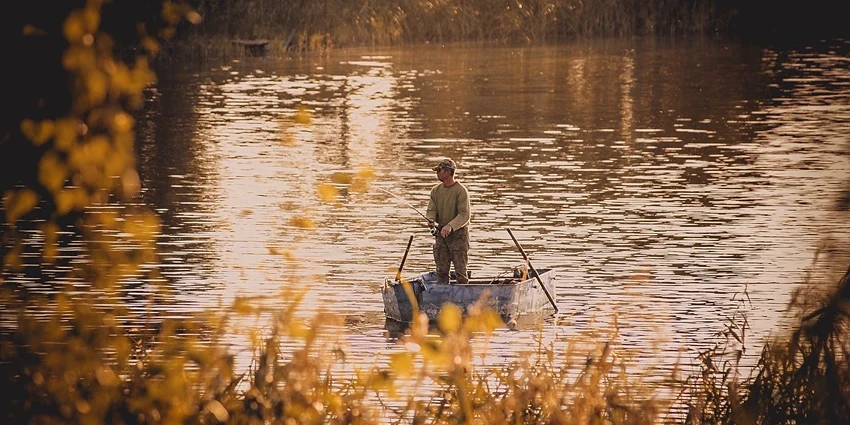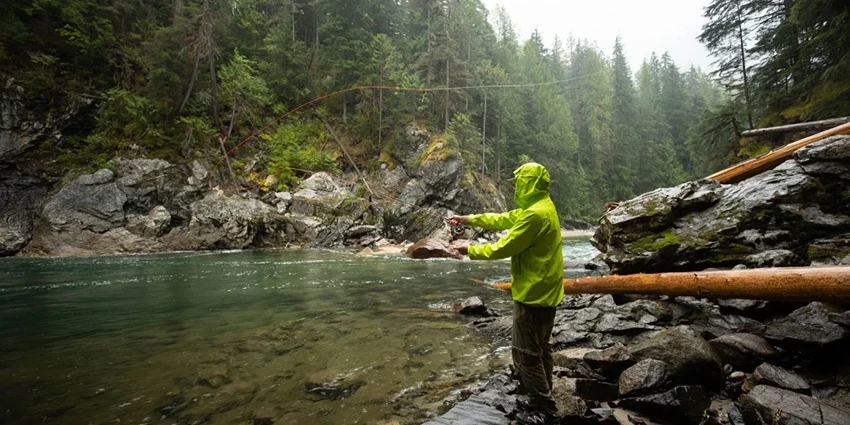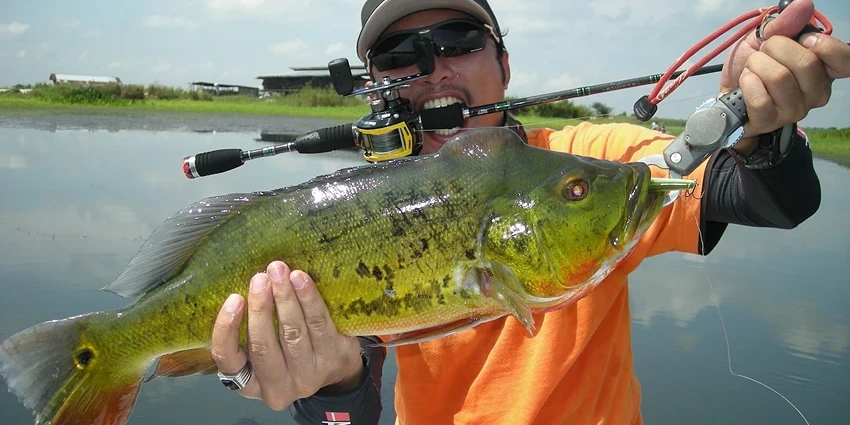All products were chosen independently by our editorial team. This review contains affiliate links and we may receive a commission for purchases made. Please read our affiliates FAQ page to find out more.
Fishing, a timeless activity enjoyed by many, has a significant impact on our freshwater ecosystems. With the growing awareness of environmental sustainability, it’s crucial to adopt eco-friendly fishing practices. This article delves into the world of sustainable fishing, offering insights and tips to ensure our freshwater resources remain abundant and healthy for generations to come.
Jump to:
Understanding the Impact of Fishing on Freshwater Ecosystems
The Effects of Overfishing
Overfishing in freshwater environments is a growing concern. According to the World Wildlife Fund, overfishing has led to the decline of key fish stocks and has disrupted marine life, including endangered species. This imbalance in the ecosystem can have far-reaching consequences, not just for the aquatic life but also for the millions of people who rely on fishing for their livelihood and sustenance.
The Role of Fish in Freshwater Ecosystems
Fish play a crucial role in maintaining the health of freshwater ecosystems. They contribute to the balance of the food web, influence the quality of water, and help in the cycling of nutrients. The loss of fish species can lead to a domino effect, impacting other aquatic and terrestrial life forms.
Principles of Sustainable Fishing Practices
Key Principles of Eco-Friendly Fishing
Sustainable fishing practices are centered around the idea of taking only what is needed while ensuring the long-term viability of fish populations. This involves:
- Selective Fishing: Targeting specific species to avoid overfishing.
- Size and Bag Limits: Adhering to regulations that dictate the size and quantity of fish that can be caught.
- Seasonal Fishing: Respecting closed seasons to allow fish populations to replenish.
How Sustainable Practices Support Freshwater Ecosystems
By adopting sustainable practices, anglers contribute to the health of freshwater ecosystems. These practices help in maintaining the diversity of species, ensuring that fish populations remain robust and ecosystems stay resilient.
Eco-Friendly Fishing Techniques and Gear
Description of Sustainable Fishing Methods
Sustainable fishing methods include:
- Fly Fishing: A method that typically has a lower impact on the environment.
- Barbless Hooks: Reducing injury to fish and facilitating catch and release.
- Use of Artificial Lures: Minimizing the use of live bait to reduce the impact on other species.
Advantages of Using Eco-Friendly Gear
Eco-friendly gear not only minimizes harm to fish but also reduces the likelihood of damaging the aquatic environment. This gear is often more durable and can be a cost-effective choice in the long run.
Maintaining Fish Populations and Biodiversity
Strategies for Preserving Fish Populations
To preserve fish populations, it’s essential to:
- Monitor Fish Stocks: Regularly assess the health and size of fish populations.
- Habitat Restoration: Participate in or support initiatives aimed at restoring aquatic habitats.
- Community Involvement: Engage with local communities and authorities to promote sustainable practices.
Importance of Biodiversity in Freshwater Fishing
Biodiversity is the cornerstone of a healthy ecosystem. A diverse range of species ensures the resilience of ecosystems, enabling them to withstand and recover from various environmental pressures. In fishing, biodiversity ensures a balanced ecosystem, where each species plays its role in maintaining the ecological equilibrium.

Freshwater Fishing Tips for Sustainability
Best Practices for Eco-Friendly Freshwater Fishing
- Catch and Release: Practice catch and release to ensure fish populations remain robust.
- Avoid Sensitive Areas: Steer clear of fishing in breeding grounds or in areas with endangered species.
- Clean Up: Always leave the fishing spot cleaner than you found it.
Minimizing Environmental Impact
- Use Eco-Friendly Gear: Opt for biodegradable lures and lead-free weights.
- Responsible Bait Use: Use artificial baits or responsibly sourced live baits.
- Educate Yourself: Stay informed about the local regulations and species information.
Register for our latest in-depth reviews and product round-ups from the experts
Enter your email address below to receive our twice monthly reviews emails.
By entering your details, you are agreeing to our terms and conditions and privacy policy. You can unsubscribe at any time.
Role of Technology in Sustainable Fishing
Technological Advancements Supporting Sustainable Fishing
Advancements in technology have introduced various tools and equipment that aid in sustainable fishing. These include:
- GPS and Fish Finders: For efficient and targeted fishing.
- Biodegradable Fishing Lines: Reducing the impact of lost or discarded lines.
- Smartphone Apps: Providing information on regulations, fish species, and sustainable practices.
Future Prospects of Technology in Eco-Friendly Practices
The future of fishing technology looks promising with the development of:
- Eco-Friendly Gear Innovations: Continued research into more sustainable fishing gear.
- Data Collection Tools: Enhanced tools for monitoring fish populations and habitats.
- Community-Based Apps: Platforms for anglers to share tips and promote sustainable practices.
Community and Regulatory Aspects
Community Involvement in Sustainable Fishing
Community involvement is key to the success of sustainable fishing practices. This includes:
- Participation in Local Conservation Efforts: Joining local groups focused on habitat restoration and conservation.
- Educational Programs: Engaging in programs that teach sustainable fishing to new anglers.
Overview of Regulations and Policies
Regulations and policies play a crucial role in maintaining sustainable fishing practices. These may include:
- Fishing Quotas: Limits on the number and size of fish that can be caught.
- Protected Areas: Designation of areas where fishing is restricted or prohibited.
- Seasonal Restrictions: Regulations on when certain species can be fished to protect breeding seasons.
Frequently Asked Questions
The most sustainable way is to practice catch and release, use eco-friendly gear, and adhere to local fishing regulations.
Technology such as GPS, fish finders, and biodegradable gear helps in targeted fishing, reducing bycatch, and minimizing environmental impact.
Community involvement ensures collective action towards conservation and helps in spreading awareness about sustainable practices.
Common regulations include fishing quotas, protected areas, and seasonal restrictions to ensure the health of fish populations.







